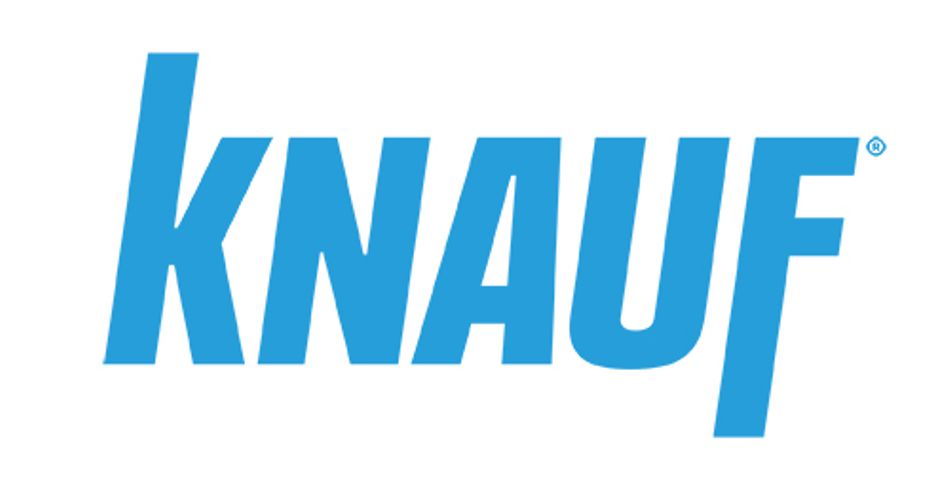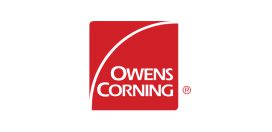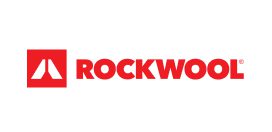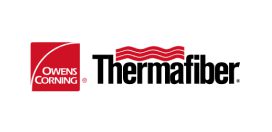Some of the environmental benefits of insulation are obvious. In a home or building, insulation reduces energy use which in turn reduces pollution and cuts down on water use (used in power generation). But while all insulation types generally reduce energy consumption, specific insulation types can impact the environment differently in other ways:
- Impact of insulation production
- Percentage of recycled content
- Reusability or recyclability
Comparing Environmental Benefits of Insulation Types
| FiberGlass | Mineral Wool | Spray Foam | Cellulose | |
|---|---|---|---|---|
| Recycled Content | Typically contains 40-60% recycled content, depending on manufacturer and specific facility. | Products vary by makeup. Rock wool insulation contains 10-15% recycled blast furnace slag. Slag wool insulation contains 70-75% recycled blast furnace slag. | As a chemical product, it typically contains very little recycled content. | Generally has significant recycled content of 80% or more. |
| Ability to Recycle or Reuse Material | Yes | Yes | No | No |
| Raw materials used in production | Recycled glass and sand, renewable and abundant materials. | Minerals like basalt or diabase and blast furnace slag. | A blend of various chemicals, typically including Methylene diphenyl diisocyanate (MDI), other isocyanates and polyols (derived from petroleum and agricultural sources). For a more complete list, visit this EPA website.EPA website | Newspapers or wood fibers. |
“Embodied Energy” and Insulation Products
In researching insulation products, you may come across references to “embodied” or “embedded” energy, which is the energy used to manufacture the product. Certain insulation types claim to have the lowest embodied energy. However, these claims should be viewed carefully. Green Seal, one of the foremost green product certification organizations, is creating a green standard for architectural insulation products. However, the organization will not be considering embodied energy as part of its certification. In its detailed “Rationale” on factors determining the standard, the organization explains the omission. “The calculation of embodied energy is more complicated than simply dividing the energy bills of the factory by the amount of insulation material produced. Evaluating the amount of embodied energy for individual insulation products is expected to be complex and time-consuming, and not practical for verification under Green Seal’s certification process”. This decision by an impartial 3rd party suggests that the accuracy of embodied energy claims may be questionable when not fully vetted. With that in mind, be sure to scrutinize any claims about embodied energy for legitimate, defensible methodology.
EPDs for Mineral Wool Insulation Products
These Environmental Product Declarations (EPDs) provide information on the number of environmental impacts of loose fill mineral wool and mineral wool board insulation over their life cycles. EPDs do not indicate any environmental or social performance benchmarks are met and there may be impacts they do not encompass.
Environmental Product Declaration (EPD) for Loose Mineral Wool Insulation
Environmental Product Declaration for Mineral Wool Heavy Density Board
Environmental Product Declaration for Mineral Wool Light Density Board











